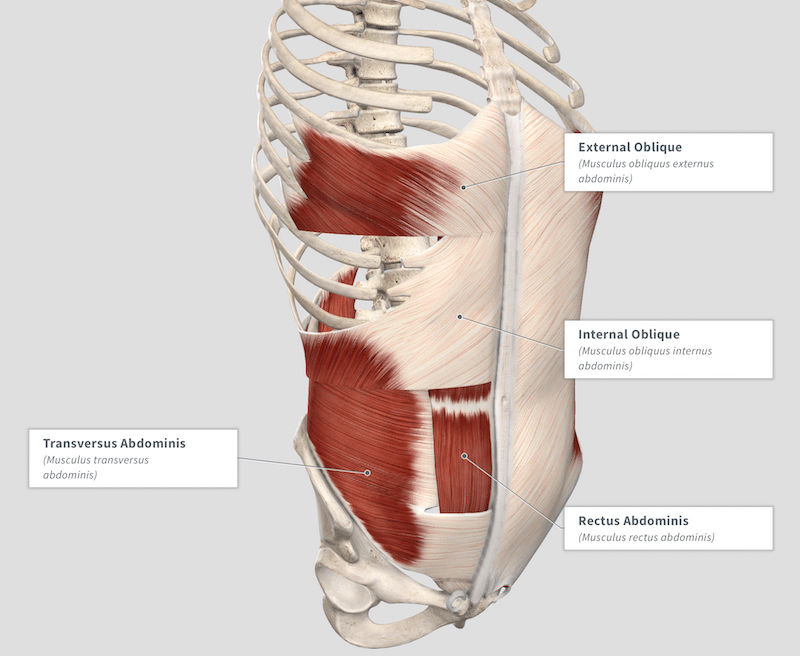Abdominal Bracing What is it and why is it important?
- Jeffrey Ragosta
- Jul 1
- 2 min read
How many times have you heard something like this… “use your core, tummy tight, belly button to spine, keep your core tight”. But what does it actually mean and why is it important? Truth be told, a lot of people are activating their abdominal muscles in a way that’s not as efficient and effective as it could be.
Let’s talk about abdominal bracing. To help understand this concept, I think it’s important to get an appreciation for the anatomy behind it all. There are multiple layers of abdominal muscles that collectively work to protect our organs, assist in posture, aid in breathing, and help support our spine. Below is a nice visual of the different layers of muscle we have to appreciate all that’s going on there.

There is also a pressure system within the abdominal cavity referred to as intra-abdominal pressure (IAP). This can be looked at as a hydraulic pressure system that helps manage/minimize stress to our internal organs when load is placed on our spinal contents 1. An example of this would be our ability to lift something heavy from the ground without damaging our internal organs. You can now imagine how an optimal level of IAP is ideal. Our diaphragm, our pelvic floor muscles, and our abdominal muscles are key players in regulating this pressure. It’s basically like our internal corset: we have to protect everything inside.

Picture source: https://drryanhamm.com/important-neglected-muscle-body-diaphragmatic-core-stabilization
When our abdominal muscles are properly engaged, our IAP should rise, giving our spine more stability! Now that you know how important this is to keep you and your back healthy, I’ll show you my favorite way to teach someone how to activate your core.
Start by lying on your back with your knees bent up. In the pictures below, I’ve got a canister of massage cream on my belly button, you can use whatever you’d like. The main idea here is to then push the kettlebell away from you! Pushing out like you’re about to get hit in the gut with something. Bracing for impact! This raises IAP, recruiting abdominal muscles, and protecting your spine against excessive strain. Try your best to hold this position for at least 10 seconds.
Another important piece of this is your breath! Activating your diaphragm (main muscle for breathing), can create co-contraction of the muscles surrounding the abdominal cavity. Breathe…and then brace! Some call this 360 breathing.

Use abdominal bracing during your heavy lifts both inside and outside of the gym and surpass your personal records.
References
Novak, Jakub, et al. “Intra-Abdominal Pressure Correlates with Abdominal Wall Tension during Clinical Evaluation Tests.” Clinical Biomechanics, vol. 88, Aug. 2021, p. 105426. ScienceDirect, https://doi.org/10.1016/j.clinbiomech.2021.105426.




Comments